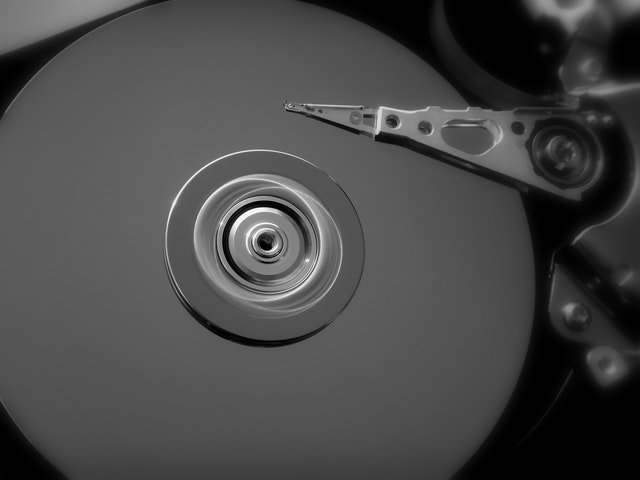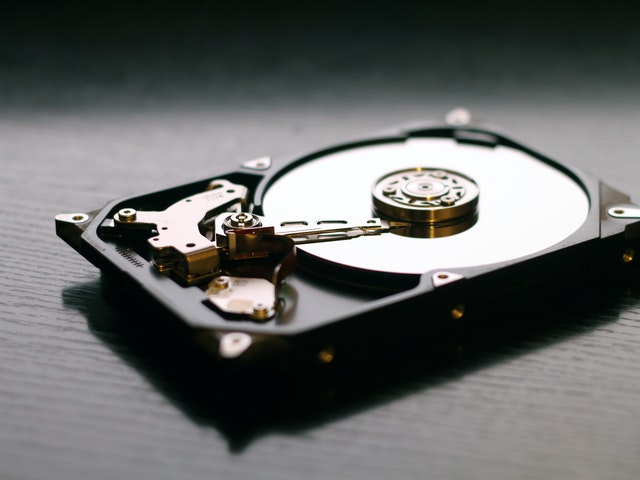Data storage is a concern these days if the organizations handling the different tasks would include millions of terabytes of important information. The technologies used for the same have been improving over the years, helping many links strengthen to create a great network. Stacks of blocks of data must be available for the organizations to connect with other individuals working in the same industry or team. Information technology has been developing with time by bringing more options to expand the online presence of many digital ventures. The most innovative data storage device available is the petabyte hard disk drive. According to studies, these drives contain glass, which is improving the storage features for the different organizations using such wide arrays of data storage systems. Let us take a closer look at the world’s first petabyte hard disk drive to understand the technologies and components of this storage device.
Petabyte Hard Disk Drive
Microsoft had proven that glass is the future of data storage back in 2016 when they had also found the potential of DNA strands to store data. These act as a biological counterpart to the traditional disk-based storage. But as the tests continued, Microsoft found out that glass is more practical for storage. Infrared layers are used in this latest technology like in the Traditional DVD recording media to distort the elements placed in the device, away from the open air. Data is read by lasers, and it is decoded using the light reflecting off the glass in machine learning.

Humanity’s demand for larger data storage is being met with the glass used in the world’s first petabyte hard drive. The growing consensus among storage manufacturers claims to have a deeper connection with the effect of the glass on the drives. According to the predictions by IDC, the world will produce around 175 zettabytes of data by 2025. This development will be backed by high-resolution video technologies and the growing IoT networks. A trillion terabyte mark is being aimed at by the developers, and it is likely to be achieved by the end of this decade.
Glass in the Petabyte Hard Disk Drive

The increasing demand for storage space has put the developers under pressure to expand the existing technology. Microsoft’s Project Silica has shed light on the role of glass in data storage. Makers of the world’s first-petabyte hard disk drive have been using glass to their advantage. Around 75.6 TB of data has been incorporated into the fused silica, which is only a 2.5-inch hard disk drive. Seagate, Samsung, Toshiba, and Western Digital have started using glass for their devices, and the users are reportedly experiencing no issues with the operational quality. Cloud storage has also adopted this technology upgrade to expand the storage system they already possess. A strong internet connection is required to access such big data on the cloud storage systems. So, the glass-infused drives will prove beneficial in the long run.
